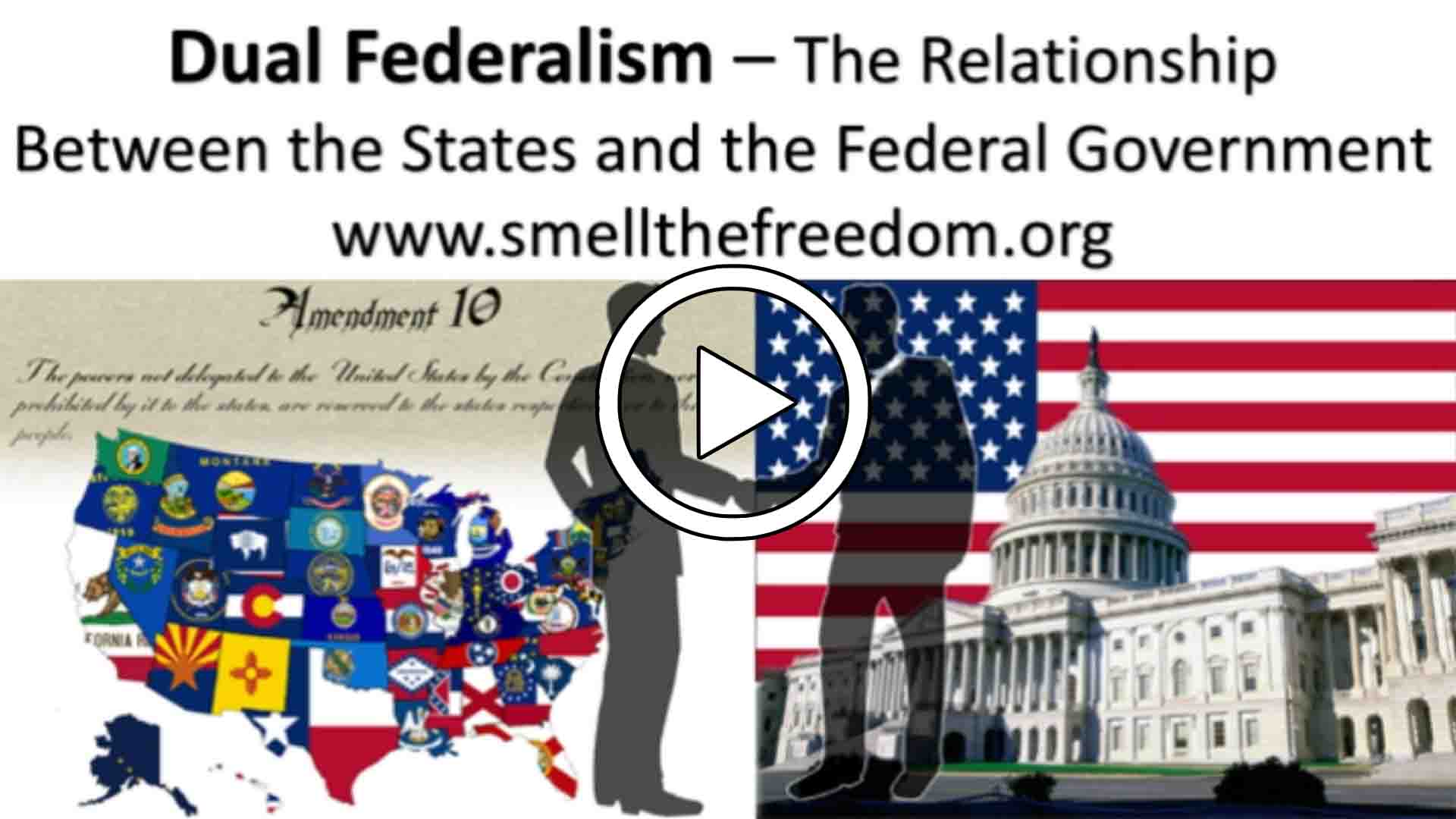Federalism vs.
Dual Federalism
The state governments are often overlooked in contemporary political discourse, where discussions primarily center on the actions of the federal government. This can create the impression that state governments are lesser entities within the broader structure of the United States, with their primary role being to carry out the directives of Congress or request funding from the federal government. This portrayal belittles the important role that state governments play in shaping policy and maintaining the balance of power between the federal and state governments. The use of the Oliver Twist metaphor emphasizes this notion, as it implies that state governments are begging for funding from the federal government like a poor and helpless orphan.

It is important to understand that our political system was designed to preserve the power of the states. The Constitution established clear boundaries between federal and state authority to ensure that states retained their sovereignty and authority. During the Constitutional Convention, the fear that the states would lose their power and be absorbed into a centralized federal government was a major concern among those who opposed the proposed Constitution. The Anti-Federalists argued for the preservation of the Articles of Confederation, which gave more power to the states. The rallying cry against the Constitution was repeatedly that it posed a threat to state sovereignty. Understanding this historical context is crucial to appreciating the importance of the balance of power between the federal and state governments in our federal system of government.
Now, for those few who have learned that the states were to function as more than provinces of the federal government, you might have heard of the term federalism. Federalism, as defined by Wikipedia, is:
…a mixed or compound mode of government that combines a general government (the central or “federal” government) with regional governments (provincial, state, cantonal, territorial or other sub-unit governments) in a single political system.
And, that sounds great. However, that is NOT what the United States was founded to be. We were founded on the policital system known as Dual Federalism. Which is..
…divided sovereignty, a political arrangement in which power is divided between the federal and state governments in clearly defined terms, with state governments exercising those powers accorded to them without interference from the federal government.
And, THAT is what we were founded on. A system with clearly defined boundaries between the states’ and the federal government. So, how did things go so wonky in the balance of power? Well, let’s explore that below.
Dual Federalism – The Relationship Between The States and the Federal Government
Our governmental system was not designed to allow for a small group of elites to rule or for one law to fit every person or situation in a nation of 314 million. Rather, the Constitution was established to create a balance of power between the federal and state governments, with each having its own delineation of power and responsibility. This balance of power is illustrated through the separation of powers between the Executive, Legislative, and Judicial Branches of government, which are designed to keep each other in check.
However, there is another important diagram of the separation of power between the federal and state governments that was devised under the Constitution and by our founding fathers. This diagram illustrates the clear boundaries and separation of power between the federal and state governments. Understanding this separation of power is essential to appreciating the importance of the balance of power between the federal and state governments in our federal system of government. The video provided below focuses on this separation of power and where the lines are drawn between federal and state powers.
